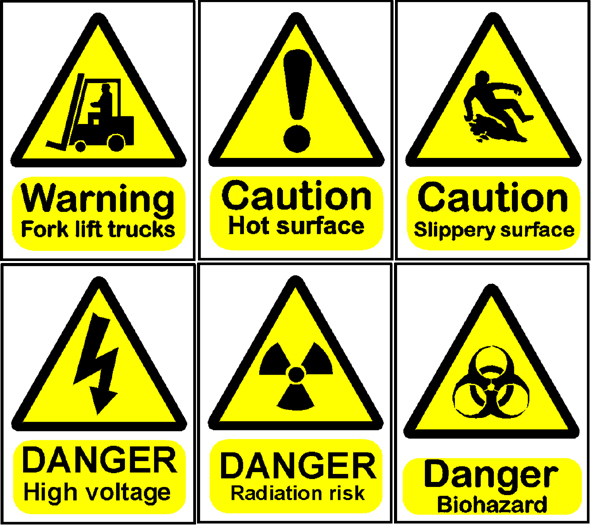
4 April 2023
On the 29th of December 1999 the Management of Health and Safety at Work Regulations 1999 came into force to support the Health and Safety Act 1974. A word repeatedly referred to in the regulation is “assessment”.
Focus is placed on risk assessment, prevention, procedures, health and safety and surveillance. This led to significant changes in practices and procedures throughout the workplace.
Over time, construction sites began to implement stricter policies and procedures; fences and gates brought levels of security, designated walkways, signs and stricter traffic movement appeared, principal contractors introduced risk assessments, permits, hazard identification systems and method statements, and it became mandatory for the workforce to attend a site induction.
The legislation, and the actions taken by the principal contractor, drove a cultural change within the workforce. They educated the workforce on the health and safety requirements whilst working on their construction sites.
New legislation now presents a significantly different type of hazard to a normal construction site, one that is not easily visible.
On-site risk assessments highlight many hazards we can see, broken handrails, stair treads, ladder rungs, holes in the ground etc. They then started to incorporate people, what they wear (PPE), are they hanging off a scaffold, cutting, etc. However, the hazard now is within the individual’s CV.
Item 35 of the Building Safety Act 2022 (primary legislation) poses the most significant change to construction site risk assessments:
35 Industry Competence
5C
(2) A “competence requirement” is a requirement relating to—
(a) the skills, knowledge, experience, and behaviors of an individual.
The risk assessment, under the management regulations 1999, will now have to adhere to the requirements of Item 35 of the Building Safety Act 2022. In carrying out any construction industry risk assessment, an assessment must now be made on the individual’s skills, knowledge, experience and behaviours to carry out their working role.
Judgements will now be a legal requirement, to not only ensure that the work area, materials, equipment and working practices have been assessed for hazards, but an assessment will be required on the individual’s CV (e.g., their qualifications, experience etc.) to confirm they meet the legal criteria.
While the risk assessment might identify the hazards contained within the process of installing a system, a more detailed analysis might reveal that none of the individuals had a legal licence to carry out the job from the beginning. While an individual might drive a vehicle to a destination, and this was carried out in a competent manner, if they’re not in possession of a driver’s license, then this would be a criminal offence.
Given the digital footprint now required for installation, inspection and completion of a task, ratifying that an individual has the licence to do the work in the first place should be the risk assessment’s primary requirement.
The introduction of the legislation in 1999, and the implementation of its requirements by the principal contractor, undoubtably contributed to positive change for health and safety, and the behaviours of the workforce within the construction industry. The requirements of the Building Safety Act 2022, and the BSI 8672, now present additional challenges for the principal contractors, with regards to individual compliance.
While what industry is facing will be challenging, there is also the opportunity to educate, and deliver positive changes, and the responsibility for this lies with us all.
Copyright reserved 2021 Paddeco

